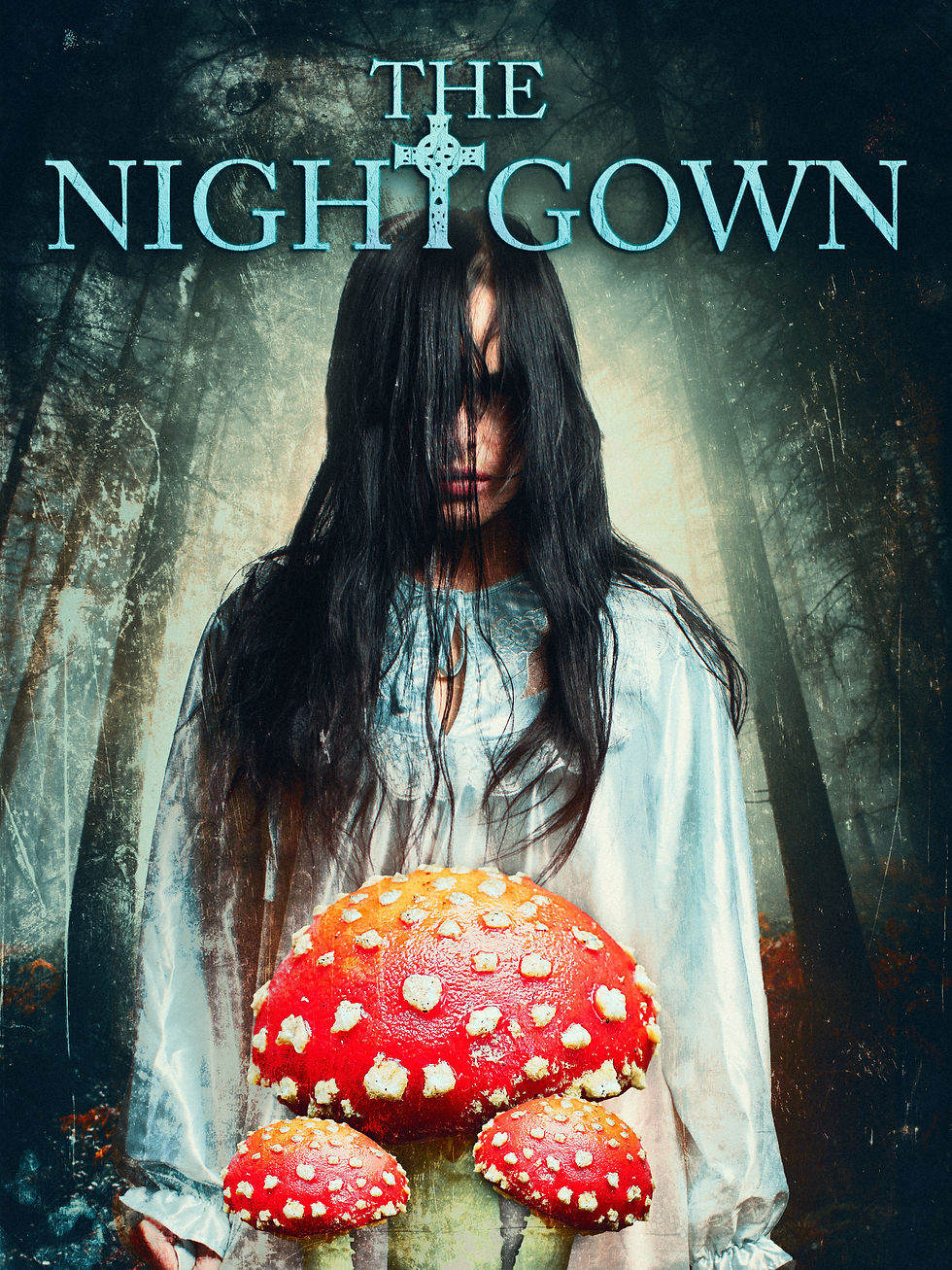New short story collection 'A Disgusting Supermarket of Death' unleashes
- More Horror

- Feb 4, 2021
- 2 min read

MoreHorror, A new short story collection A Disgusting Supermarket of Death has released this month. It features horror, crime, and science fiction stories. Pick up your copy here!
A Disgusting Supermarket of Death collects hard-boiled shorts about satanic Christmas movies, performance art euthanasia, child sacrifice skin care, and other demented goodness from Jim Harberson, co-author of Markosia's acclaimed graphic novel, Stay Alive.
Among the characters you'll meet within are a corrupt prison warden who sells true crime fanatics a serial killer meet and greet; healthcare workers who cause a massive car pile-up so they can murder its victims; and a Hollywood undertaker who sells rich perverts carnal access to recently-departed celebrities.
Horror tinged with comedy, or comedy tinged with horror, these stories should delight even the most jaded speculative fiction fans.
Background/Inspirations
EC Comics
EC published horror, science fiction, and crime comics from 1950-1955 (Comics Code Authority content restrictions led publisher William Gaines to cancel them). Tales from the Crypt, Vault of Horror, Haunt of Fear, Weird Science, Weird Fantasy, and Shock SuspenStories largely defined my love of speculative fiction. The stories typically featured an ironic twist ending, which in the horror comics often meant inventive dismemberments and similarly amusing fates. My favorite EC writer-artist is Al Feldstein. He rendered compelling covers and stories in a brilliant wood-block print like style that captured the square reserve of 1950s culture while undermining it with the horrific and fantastic.
MAD Magazine
Also published by EC, it started life as a comic until William Gaines converted it to a magazine to escape Comics Code Authority content restrictions. MAD cynically but hilariously portrayed American society’s various disfunctions, especially people’s grotesque conceits and self-contradictions. MAD taught me to cultivate a detached and skeptical approach to life, but always with a sense of humor. Reading it was at least as important as my formal education.
Frank Miller
Frank Miller creates harsh worlds cynically rendered, defined by human fallibility and excesses. His writing is wiry, efficient, sparely elegant. His art is sui generis, blunt and compelling, cartoonish and subtle. The Dark Knight Returns (1986), his story about Batman departing retirement to combat a murderous gang besieging Gotham City, is my favorite graphic novel.
Judge Dredd
Judge Dredd is arguably Great Britain’s greatest comic book character. His adventures appear in the sci-fi weekly 2000 AD. Dredd inhabits a dystopian, post-apocalyptic future in which people have gathered into vast “Mega-Cities” following a worldwide nuclear war. Mega-City One, Dredd’s jurisdiction, functions under martial law derived from a fascist positivism and superintended by “Judges,” enforcement officers who subdue and sentence (or execute) perpetrators on the spot. Dredd enforces the law perfectly and therefore to a fault. Mitigating circumstances are irrelevant. Justice is defined exclusively by the letter of the law, and the authority behind the law emanates exclusively from the state. Dredd’s adventures reminded me of the indifferent and sometimes malevolent authorities I encountered practicing criminal defense and civil rights law.
Authors
James Ellroy, Bret Easton Ellis, Mark Millar, Garth Ennis, Kurt Vonnegut, Raymond Chandler
Movies
Stalag 17, Robocop, Manhunter, Koyaanisqatsi, Starship Troopers, L.A. Confidential, Dr. Strangelove, Return of the Living Dead, Creepshow, Dirty Harry, The Silence of the Lambs, Hannibal, Casablanca, The Manchurian Candidate (1962), Halloween II (1981), Flash Gordon (1980)
Snippets:













Comments